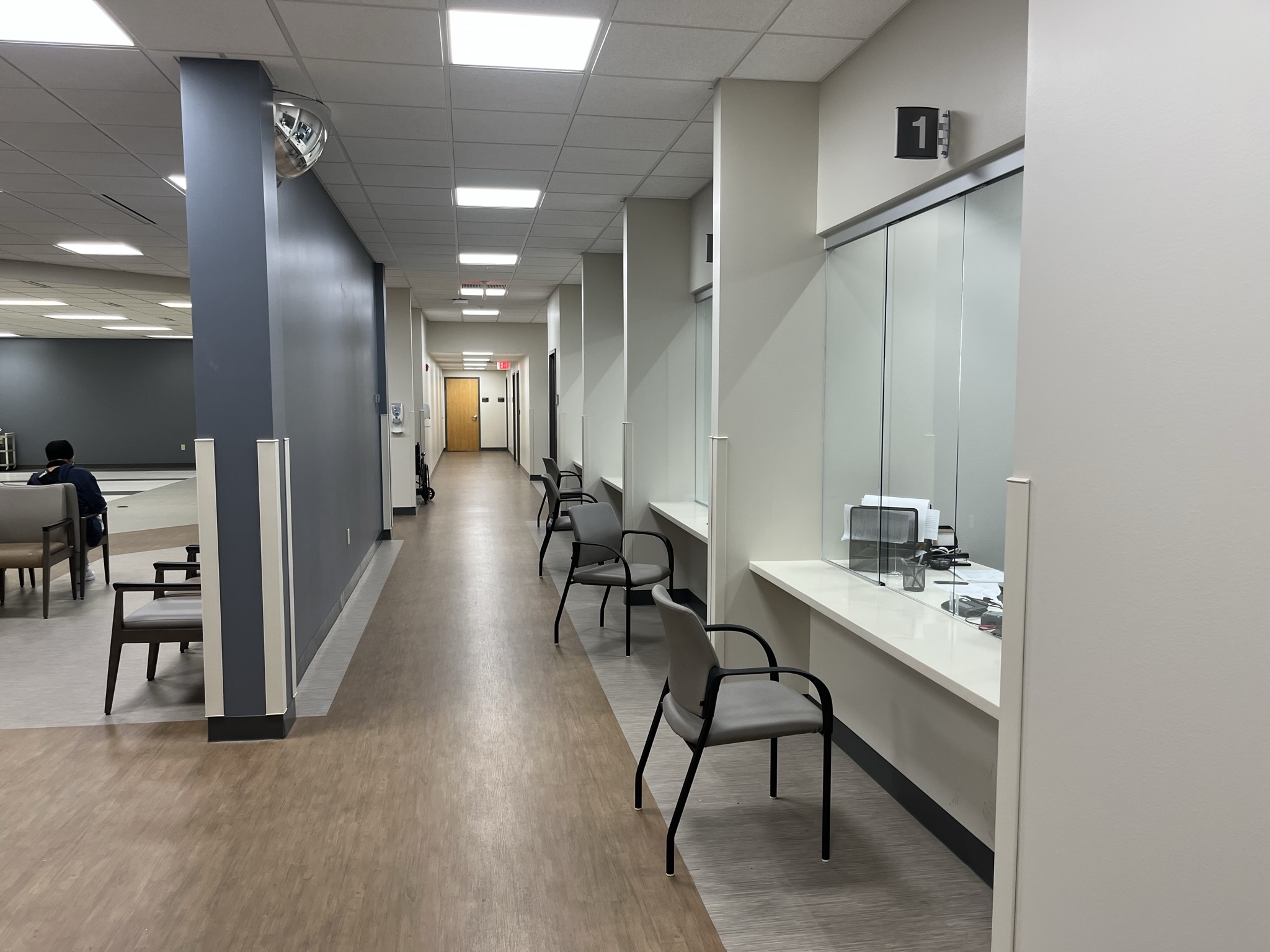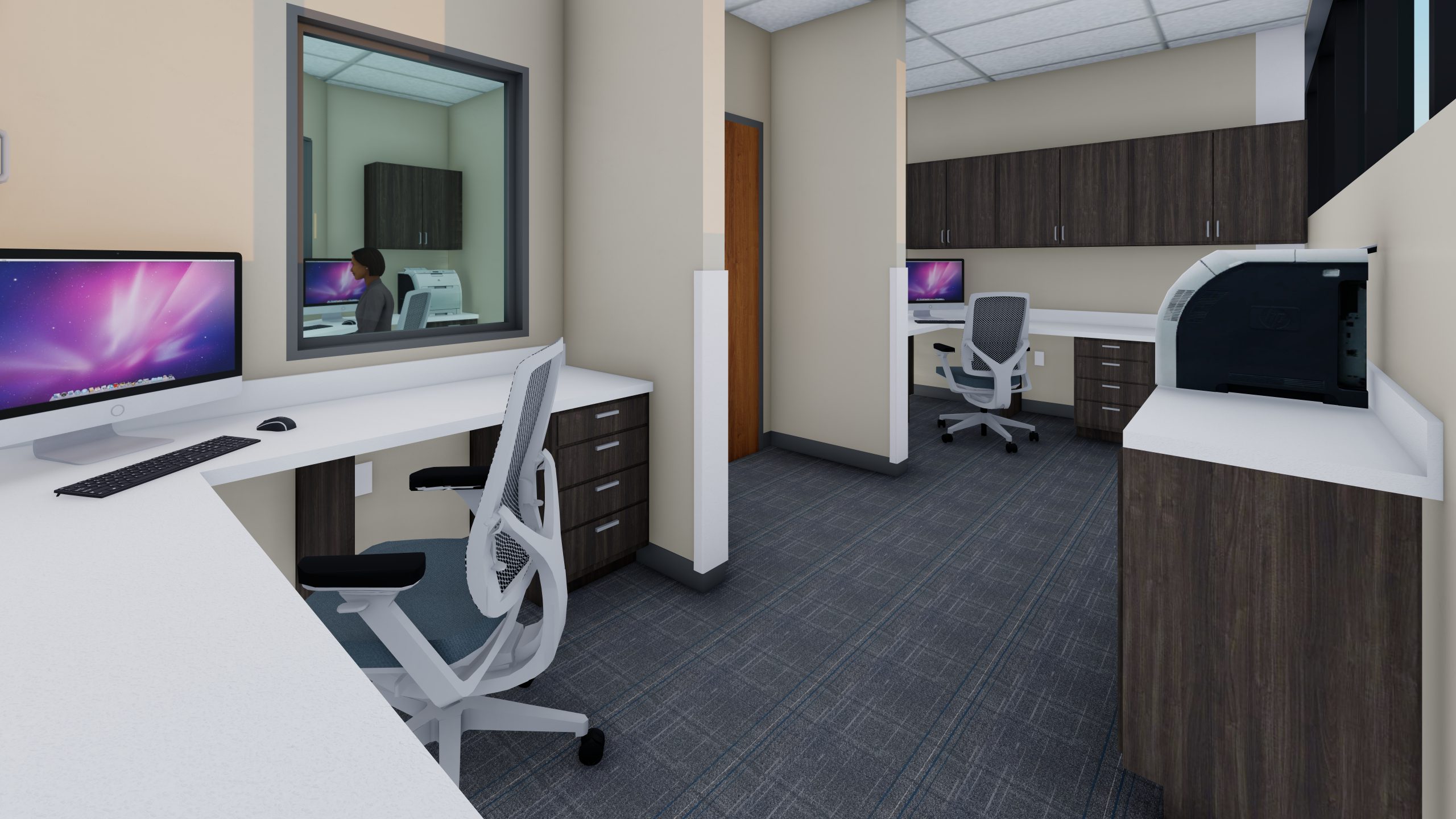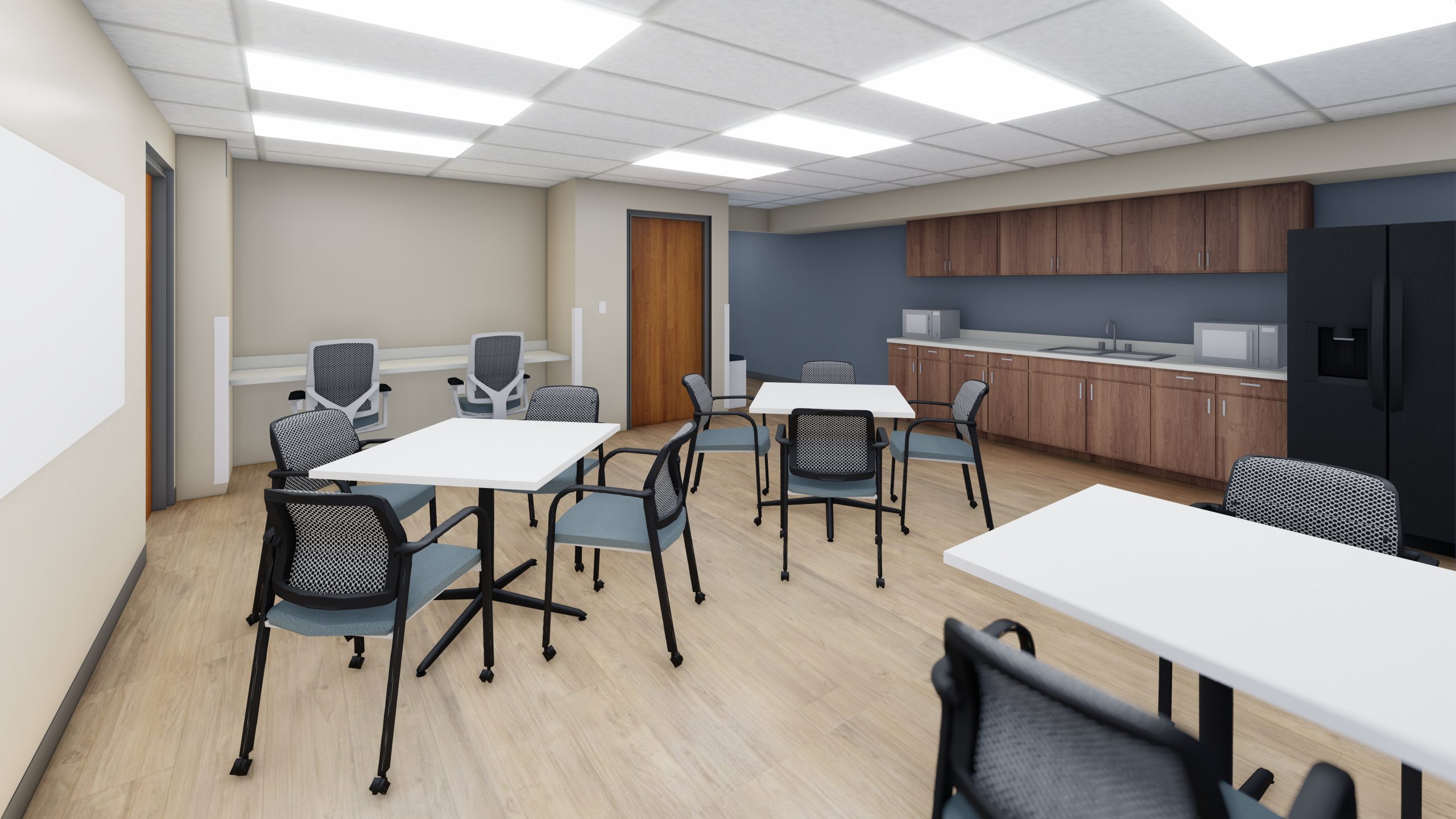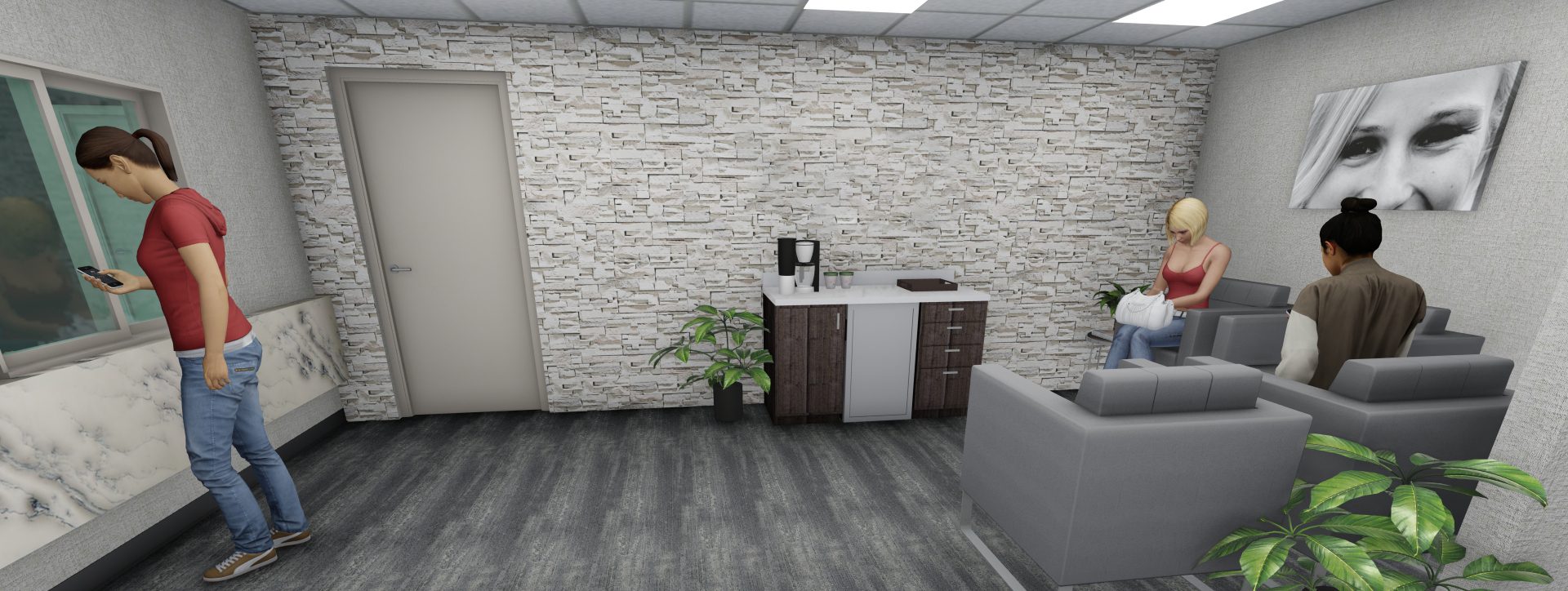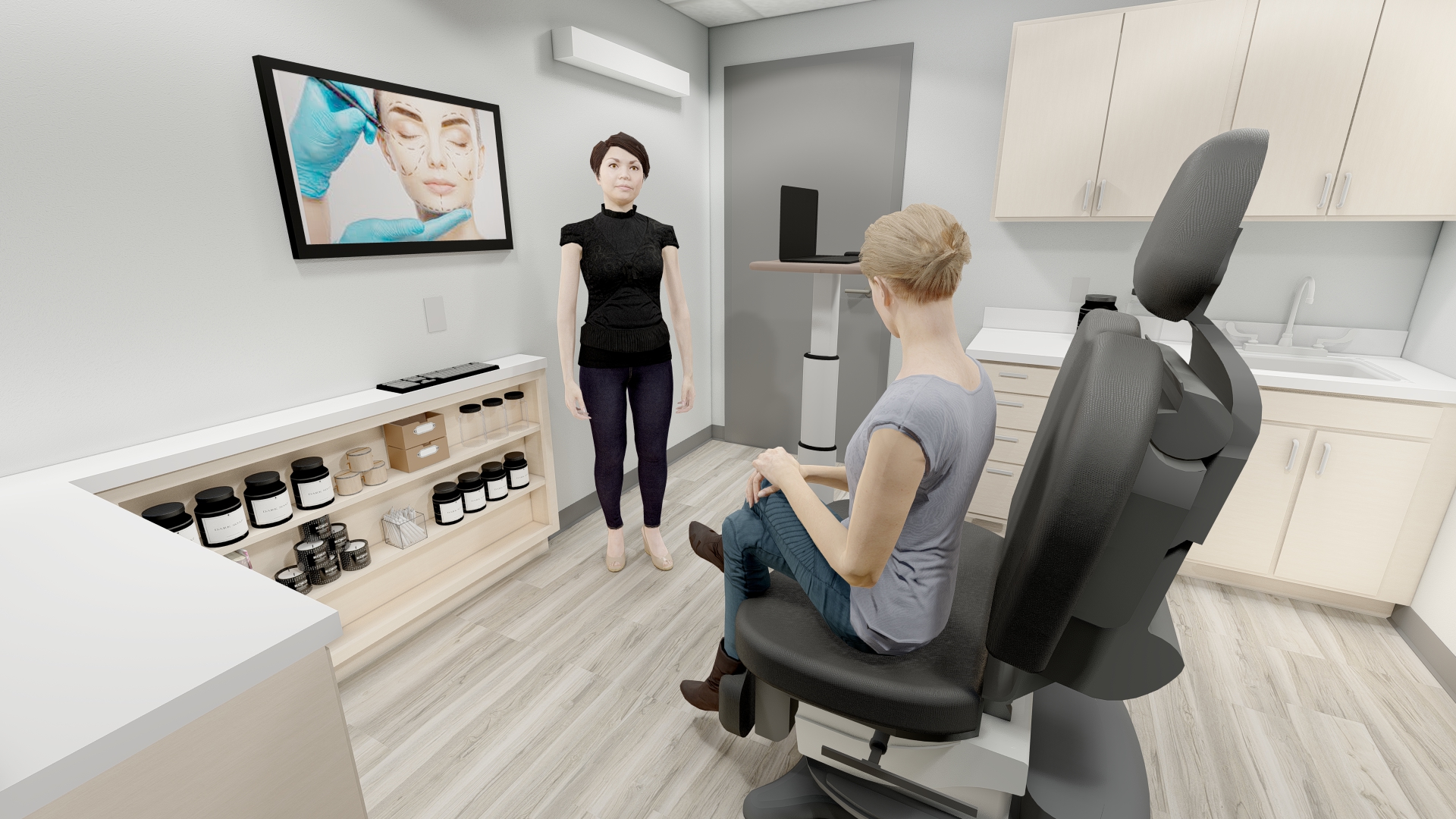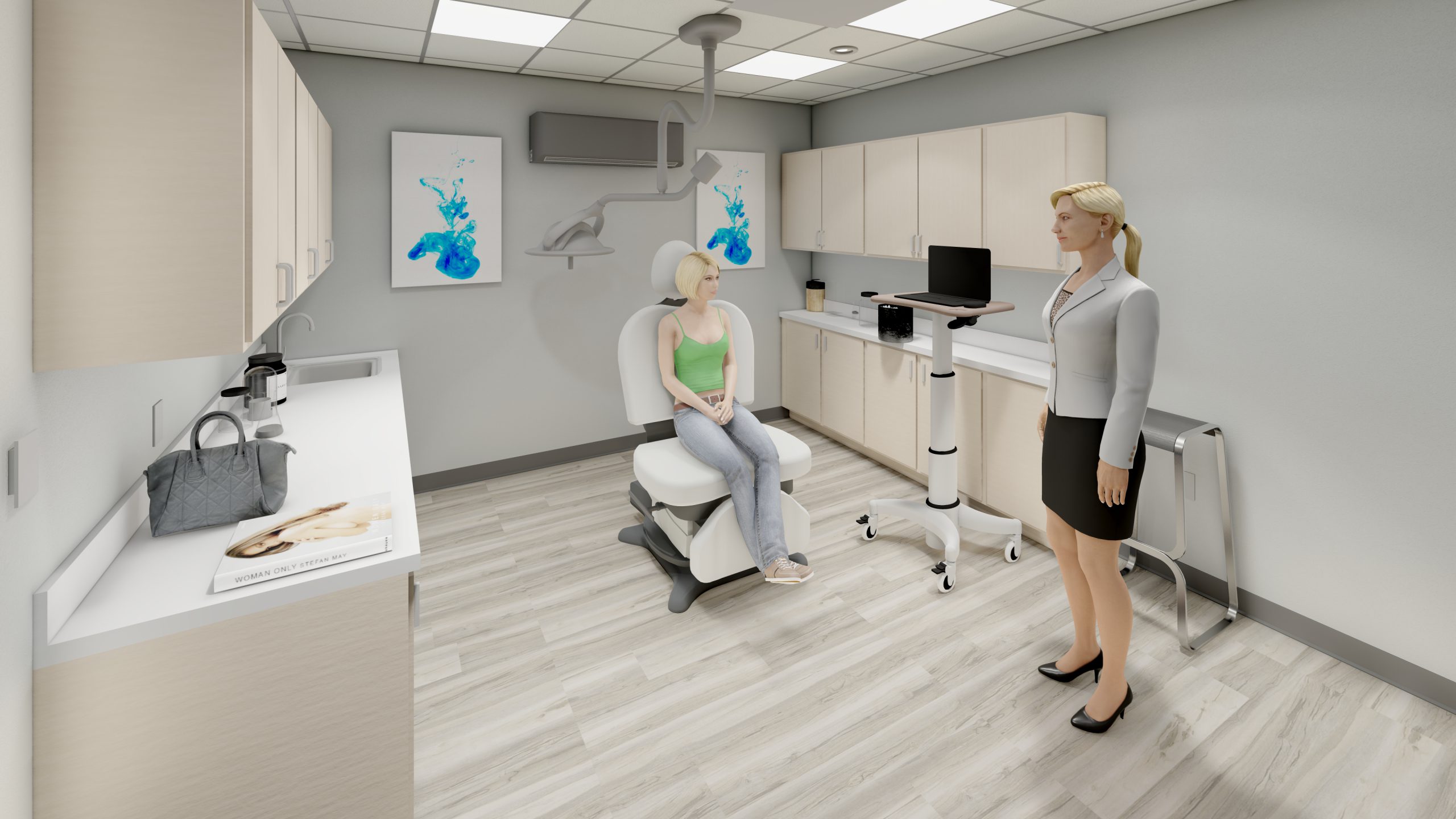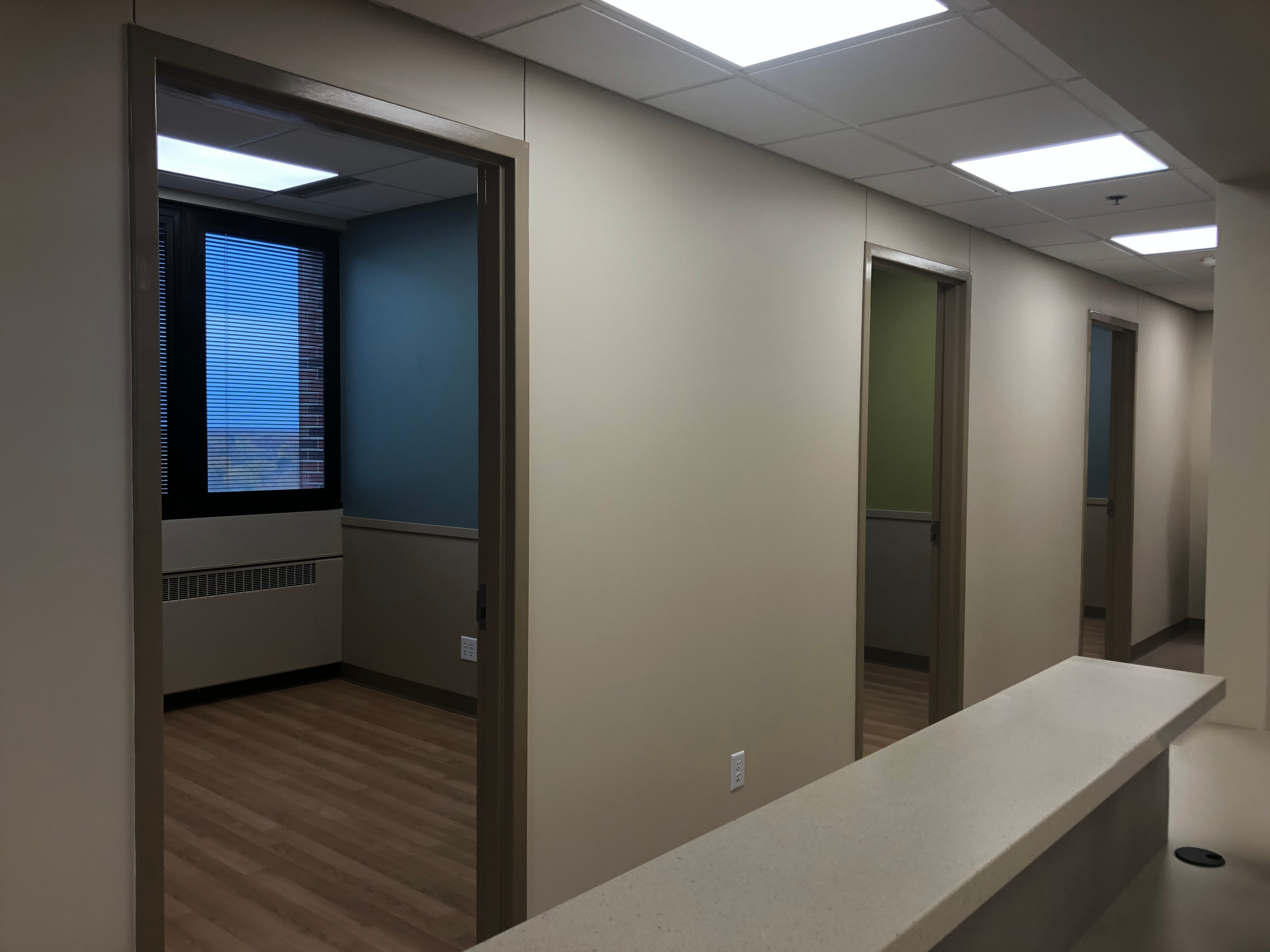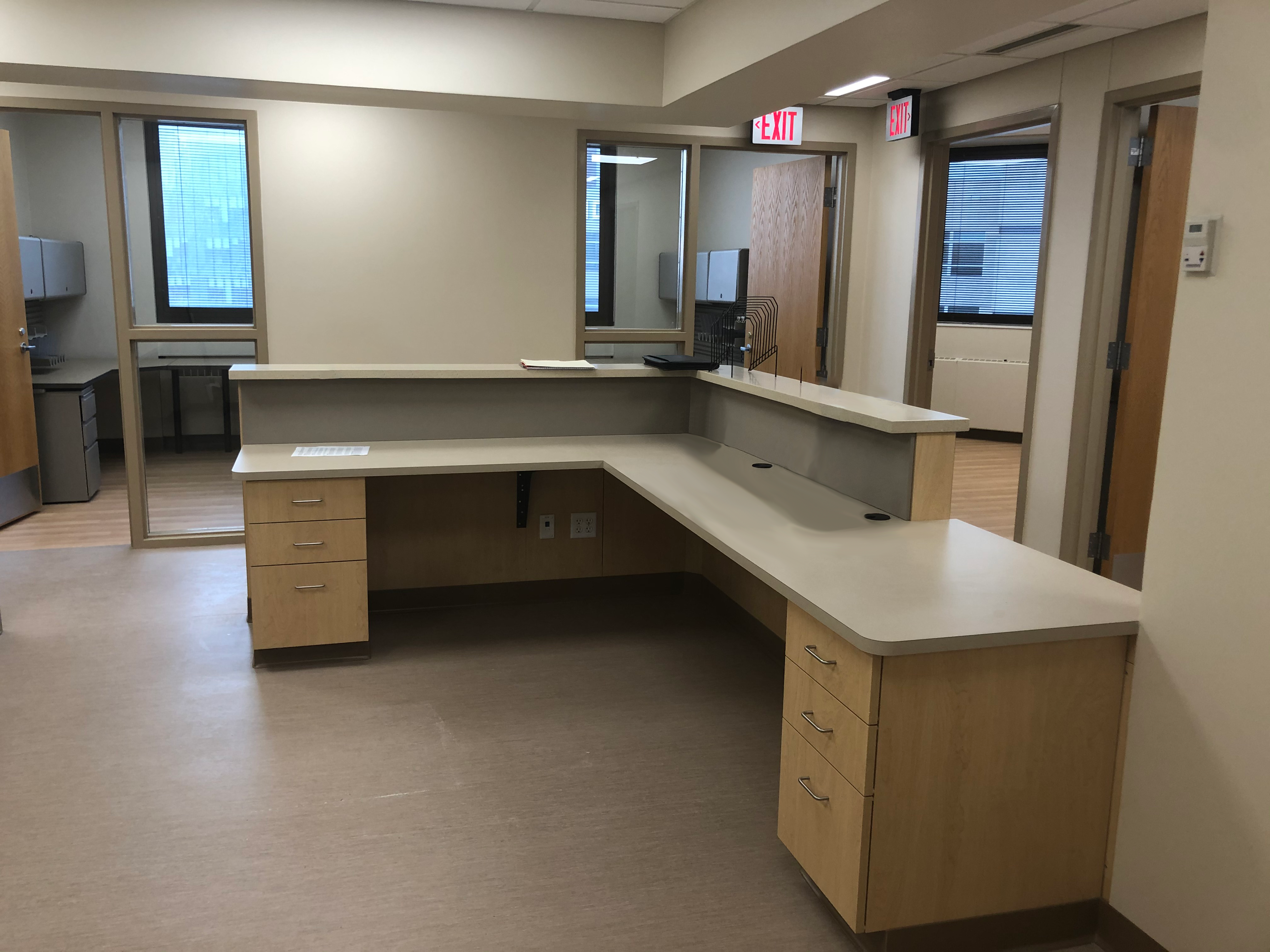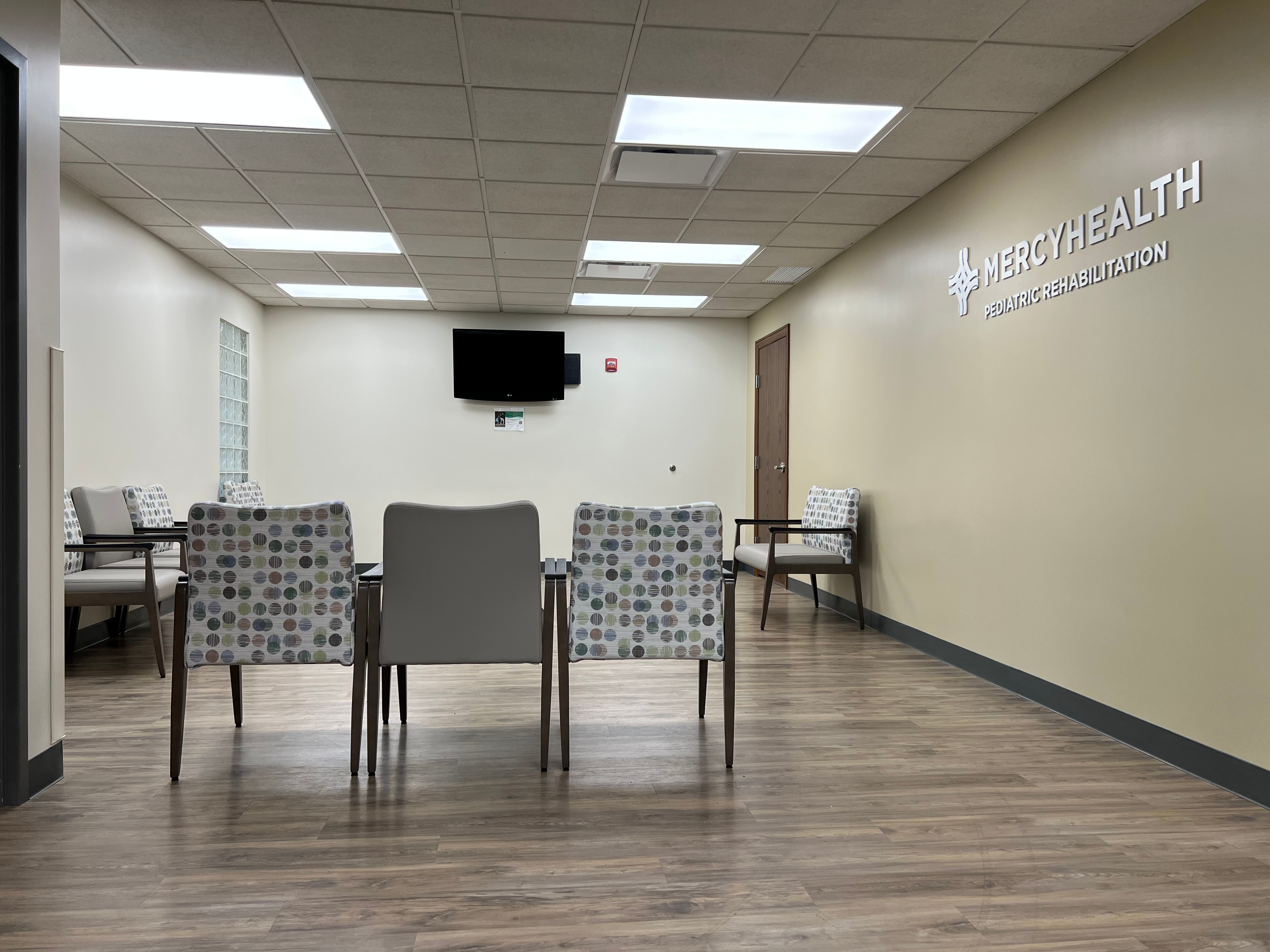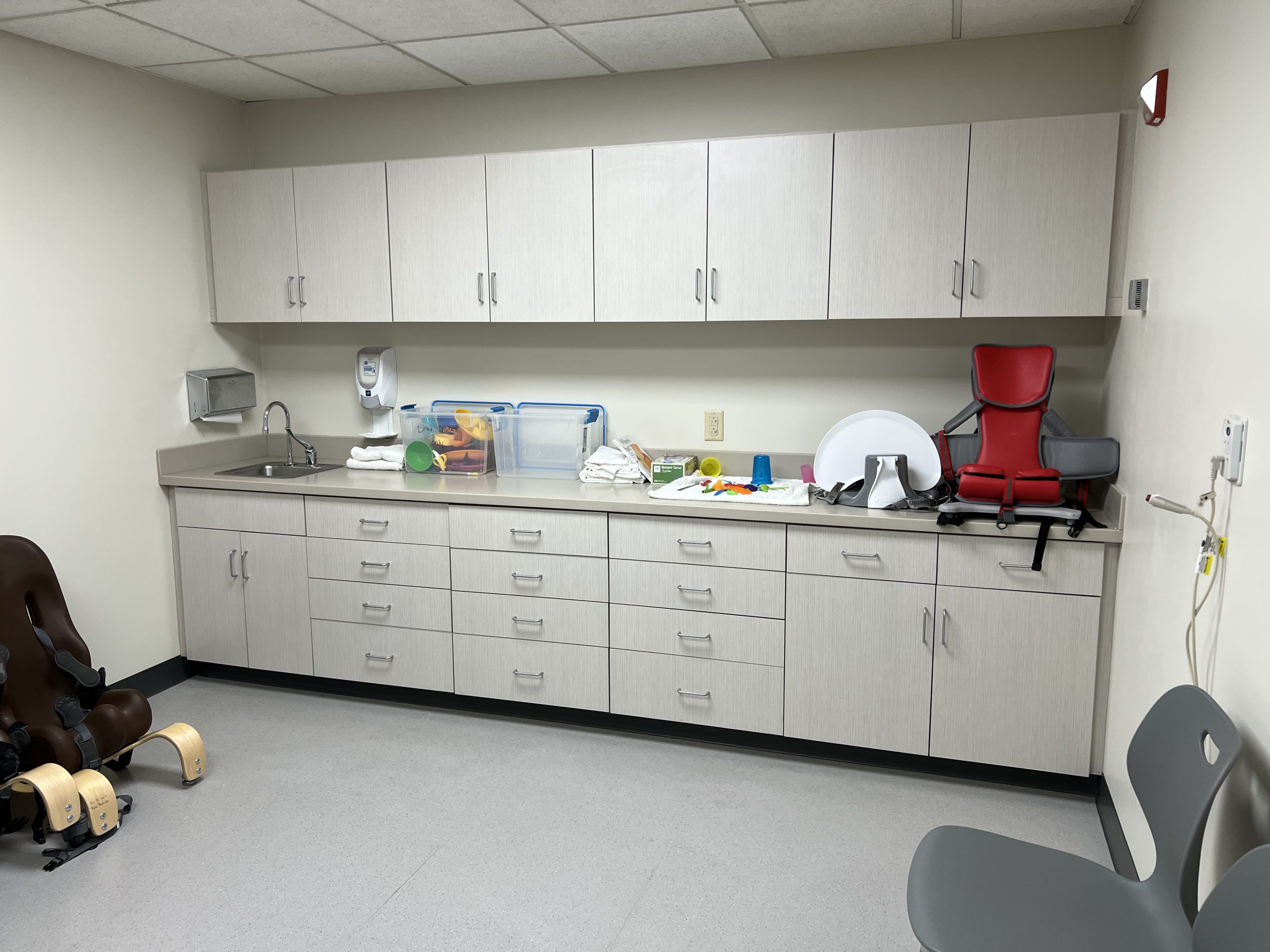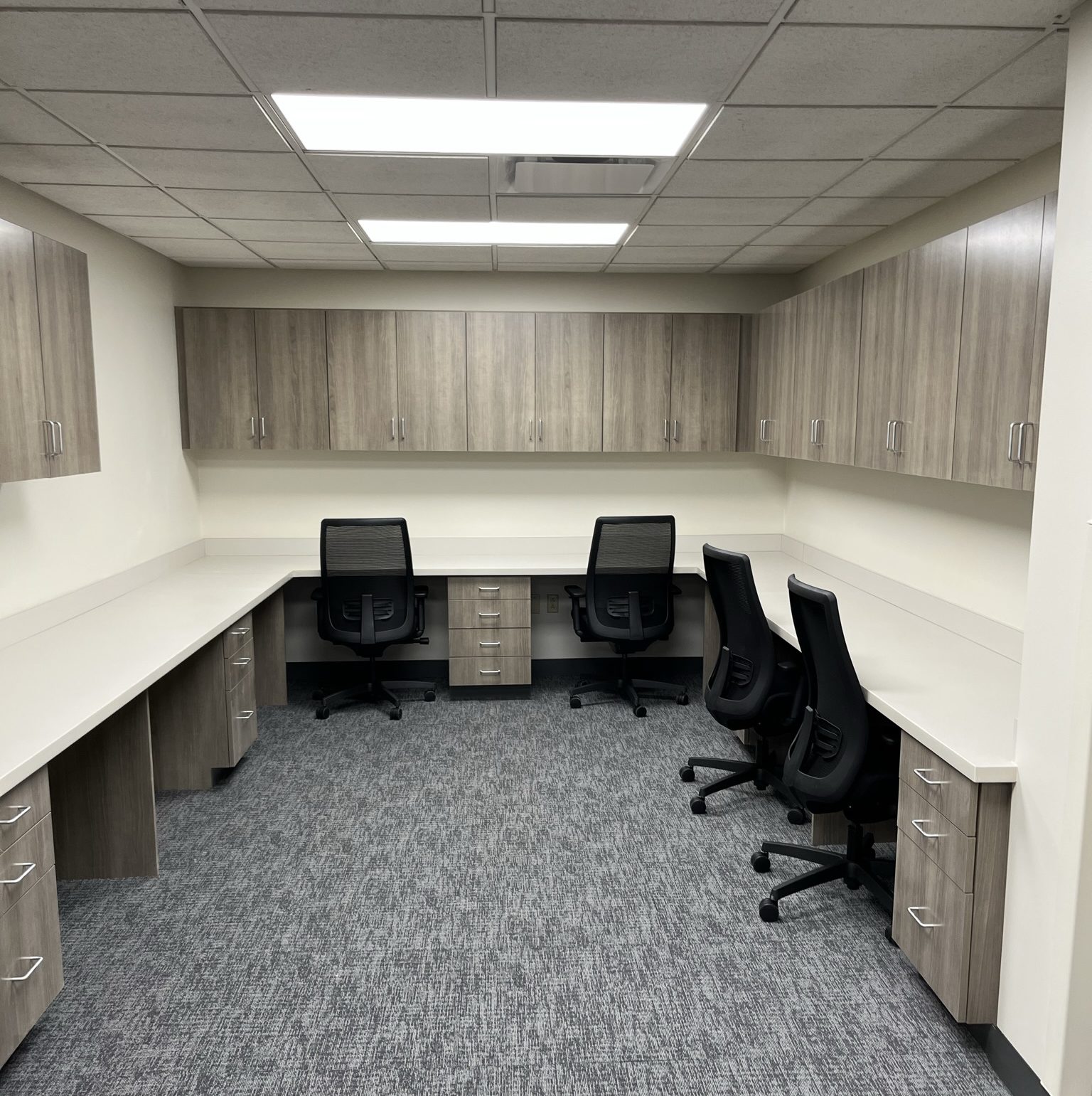Mental wellness is a necessity in our society. Twenty-one percent of adults are experiencing at least one mental illness. That's roughly fifty million people. Fifty-five percent of adults with a mental illness have not received any treatment. Mental illness impacts forty-six percent of teenagers and thirteen percent of our children each year. Because of the alarming increase in mental health and the need for patient resources, healthcare providers must prepare for a better way of supporting this rising need.
In January 2023, the first build of a prototype for a new behavioral and mental health care model opened in Centralia, Washington. Focused on human-centered design, the core of the new care model provides space and support for patients to rehabilitate and leaves them better equipped before re-entering the community.
These innovations emerged from a plan outlined by Washington State Governor Jay Inslee to reform the behavioral and mental health system and provide community-based care in smaller, 16-bed facilities. By doing so, care delivery could be shifted from large institutions, thereby improving access to care.
Our goal is to outline some of the design strategies and key components of this new healthcare model being discussed by distinguished experts in recent webinars and put into practice with new facilities popping up around the US. Learning more about this new approach is advantageous to our local community as health systems need to prepare to provide better mental health care solutions to patients.
Key components of this new behavioral and mental health care model:
- Understand how patient and staff experiences are improved by utilizing a human-centered design lens.
- Utilize building design to incorporate a holistic focus on rehabilitation and self-reliance.
- Balance a warm residential aesthetic with the practicalities of ligature-resistant environments – meaning using building materials that minimize the risk of suicide. The Joint Commission states that “It is not possible to remove all potential ligature risk points”. According to the New York State Office of Mental Health's Patient Safety Standards, Materials, and Systems Guidelines, Staff awareness of the environment, the hidden risks of that environment, and the behavior risks and needs of patients served in that environment is essential. Different healthcare facilities and patient populations will require greater or lesser tolerance for risk.
- Integrate biophilic design and access to nature in order to improve patient experiences and outcomes.
- Give patients more choice: Depending on the individuals’ need and stage in treatment, providing options on the location in the facility where they are most comfortable receiving treatment, where and how they spend their time, and connect with groups (large or small) is important in accepting treatment. Appreciate the importance of choice in maintaining patient dignity and safety.
- Prioritizing safety through visibility, lack of hidden areas, staff connection, and ligature-resistant finishes – minimizing the risk of suicide attempts.
- A calming, comfortable, home-like environment emphasizes a connection to daylight and the outdoors. Incorporating “nature” and natural elements aids in the healing process.
- Design strategies to connect patients to nature elements can include secure outdoor spaces, using soft-surface turf, and nature-inspired interior spaces.
- Implement design principles to promote a healing and sensory-friendly environment such as a soft color palette, nature-inspired wall art, lots of natural light, and a comfortable home-like sensation.
- Identify safety considerations for inpatient mental health as it relates to furniture and materials.
- Catering to gender and age groups: Each group should have its own separate wing, complete with distinct common areas and amenities including activity rooms, quiet spaces, day rooms, and outdoor spaces to further protect patient dignity and independence.
- Equally important as design is the necessity for quality professionals to adequately care for the patients within this wellness facility. A full suite of mental healthcare specialists, including psychiatrists, social workers, nurses, occupational therapists, music therapists, and others are key to the success of any mental health program.
To learn more about these new behavioral and mental health care model projects, dive into these profiles:
Other Healthcare Design Resources:
https://blog.gitnux.com/healthcare-design-trends/
https://rebusinessonline.com/key-trends-that-will-reshape-healthcare-design-in-2023/
https://arounda.agency/blog/top-10-healthcare-ux-design-trends-in-2023

